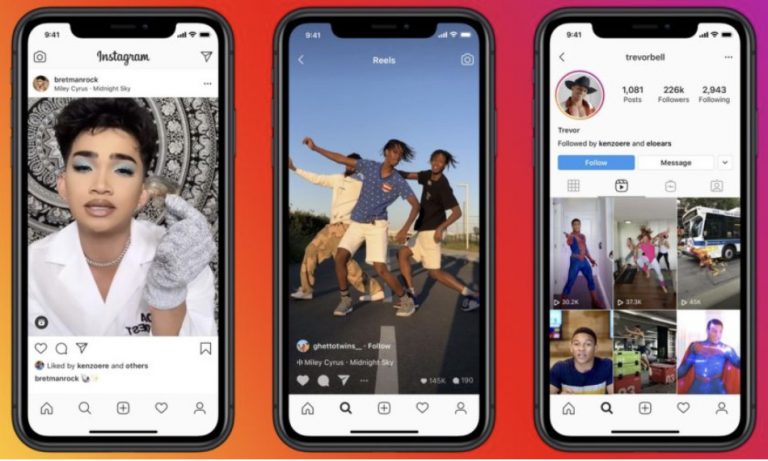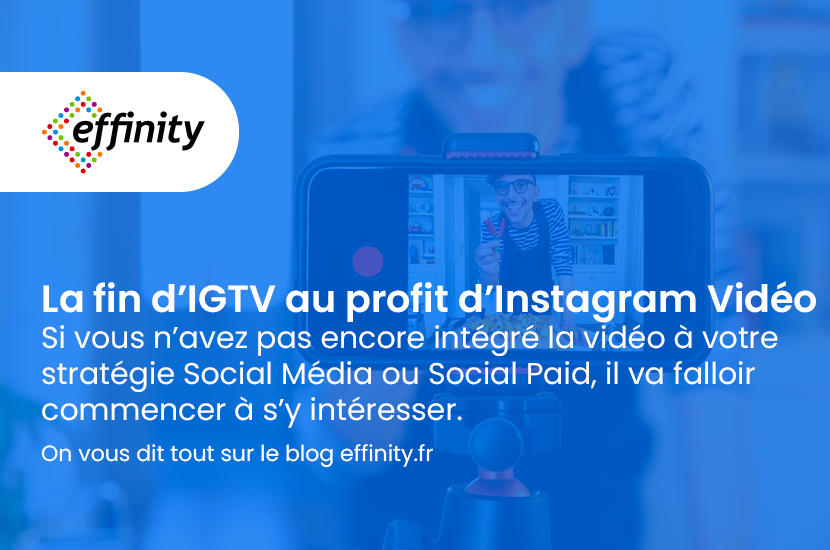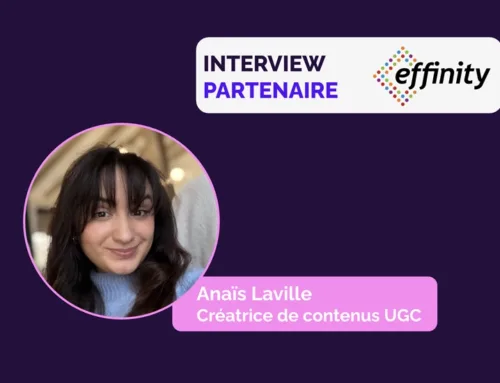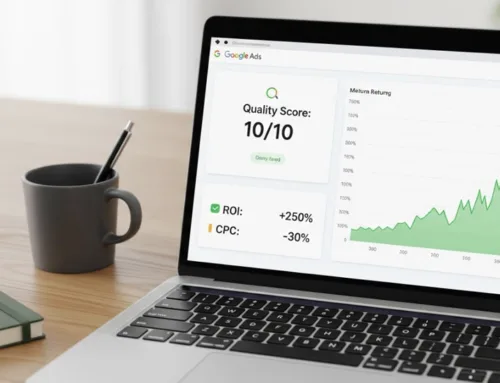Introduced on Instagram in 2018, the IGTV feature is no more. Initially conceived as an app in its own right, with the aim of becoming a challenger to Youtube; the feature was integrated directly on Instagram in January 2020.
IGTV enabled the creation and broadcasting of videos lasting between 1 minute and 1 hour. These videos, relayed on the Instagram feed, were only visible for a maximum of 15 seconds; the rest could be discovered in the IGTV tab.
Méta realized that IGTV had never really taken off, while other video formats, such as Stories and Reels (directly inspired by TikTok), were much more successful.
What changes for Instagram video?
More than a deletion, it’s more a question of merging the different video formats into one place, to make it easier for users to discover videos and create new content.
Under Instagram Video, users will be able to publish videos lasting up to an hour, just as they could with IGTV. In the feed, video previews will now be able to last up to 60 seconds, replacing the previous 15-second preview. Viewers will be able to watch them full-screen by tapping anywhere on the video. This feature should further reinforce the use of video in vertical format (9:16) instead of the traditional square.
Instagram Video will also allow users to change when a video begins and ends, thanks to a new trimming function. In addition, there’s the ability to add a filter to a video, similar to adding a filter to a Story.
Also thanks to Instagram Video, users will be able to tag people in a video, and/or share the location.

Why is it interesting?
Between Stories, Reels and IGTV videos, users, influencers and brands alike can get a little lost. Especially as not all formats benefit from the same reach rules.
With this combination, and the creation of a single video platform, Instagram simplifies the user experience and places video even more at the heart of its strategy.
These changes also correspond to evolutions in the use and consumption of social platforms, particularly by a younger audience, who have tended to desert the platform in favor of other social players like TikTok or Snapchat.
The Effinity team’s opinion
If you haven’t yet integrated video into your Social Media or Social Paid strategy, you’re going to have to start taking an interest. And when we talk about video, we don’t necessarily mean highly professional videos worthy of a TV campaign. The “natural” and less “aesthetic” trend introduced by TikTok is tending to spread to all platforms; as is the use of video (if you haven’t figured it out yet).
Especially since video formats offer other quantitative advantages:
- The reach of Reels is superior to that of posts or Stories, especially with audiences who aren’t yet subscribers, making them an ideal format for gaining new followers.
- Engagement and click-through rates are higher on video formats than on static formats, making them an excellent lever for reducing your CPC while capturing new audiences. What’s more, video allows you to tell a story, where single visuals are limited.
- It’s possible to retarget users according to their engagement with your video content; and by engagement we mean viewing time.
And if you don’t have the resources in-house; you can always call on content creators or our Instagram advertising agency.
Mis à jour le 18 April 2025
Mis à jour le 18 April 2025




